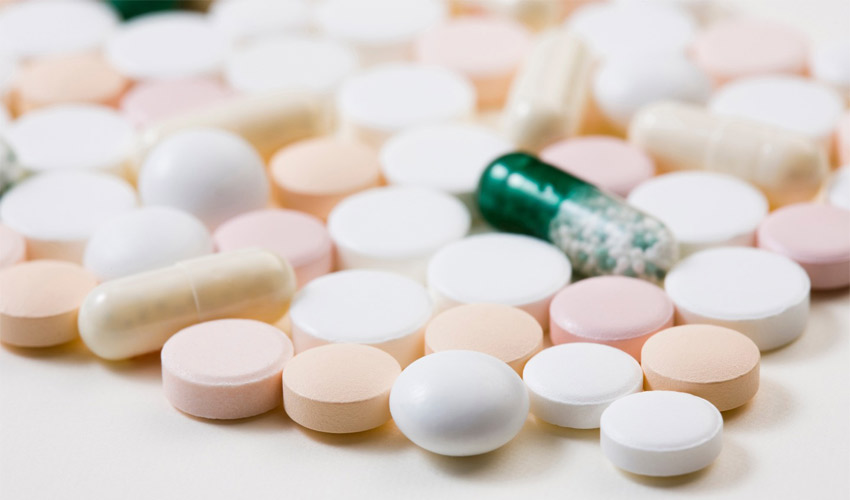Can all drugs be 3D printed?

Researchers at University College London (UCL), home of the startup FabRx, have discovered some limitations to 3D printed drugs. Using a stereolithography process to produce a polypill, they realized that certain substances – in this case amlodipine, used to prevent angina attacks – could not be released during printing. Here’s a first real limitation to drug 3D printing, further tests will allow researchers to understand what types of drugs can be 3D printed or not.
The English company FabRx is a UCL spin-off that has set itself the goal of designing tailor-made drugs through additive manufacturing. It is able to offer a personalised dosage and shape, adapted to the patient, more quickly. Since its creation, it has tested several technologies such as FDM to design drugs for children with MSUD, and stereolithography, a process that has proven to be more efficient than extrusion. It would allow the creation of a pill containing several different drug substances. So far, the researchers have been very pleased with their research, showing the pharmaceutical industry the potential of additive manufacturing.

The FabRx team is using FDM and SLA technologies
Recently, Professor Simon Gaisford and his team explained that they had encountered difficulties in 3D printing some substances even though the pill was forming properly. Looking at the treatment of high blood pressure, the team designed a polypill containing four substances – amlodipine, atenolol, irbesartan and hydrochlorothiazide. Once the 3D printing was completed, they realized that one drug was undetectable – amlodipine. According to the researchers, amlodipine remained trapped in the polymer matrix and could not be released. This is thought to be due to a reaction between the drug substance and the photoreactive monomers. The researchers say a Michael reaction occurred – a reaction that creates carbon-carbon bonds. It seems like not all drugs are compatible with resin 3D printing.

The 3D printed pill | Credits: UCL
The researchers conclude: “This research demonstrates the importance of careful selection of photo-curable resins for the manufacture of drug-laden oral pills using SLA 3D printing technology. It also highlights the potential safety challenges to the successful adoption of the SLA process for the development of drug delivery platforms in the pharmaceutical field“. This discovery should therefore enable researchers to advance in their work and be even more meticulous in their choice of materials and 3D printing technologies. You can find the whole study HERE.
Would you take a 3D printed drug? Let us know in a comment below or on our Facebook and Twitter pages! Sign up for our free weekly Newsletter, all the latest news in 3D printing straight to your inbox!
Don’t forget that we have a webinar coming up on the 26th of February focusing on how to adopt additive manufacturing for your projects! You can sign up for free as of today HERE.






